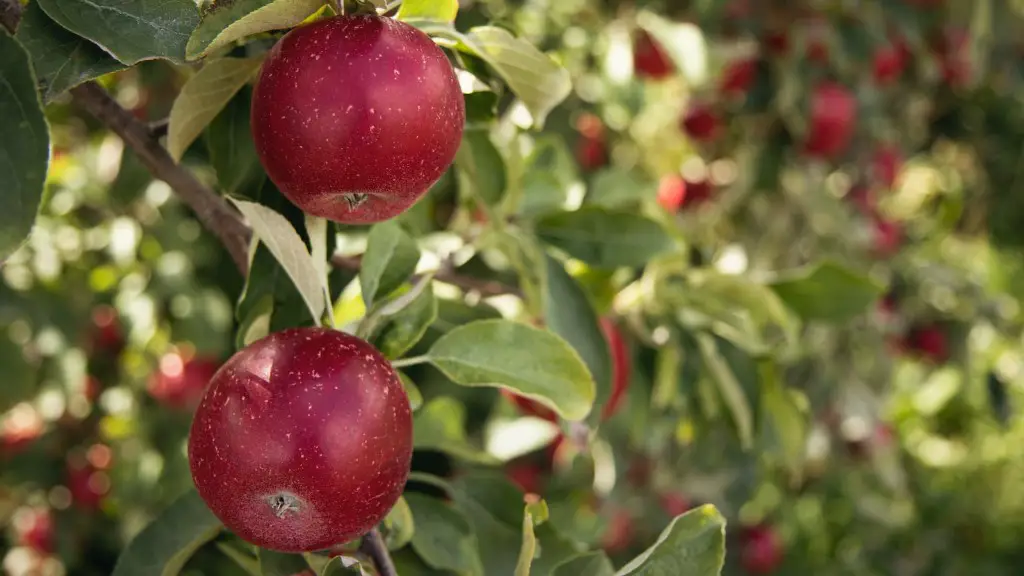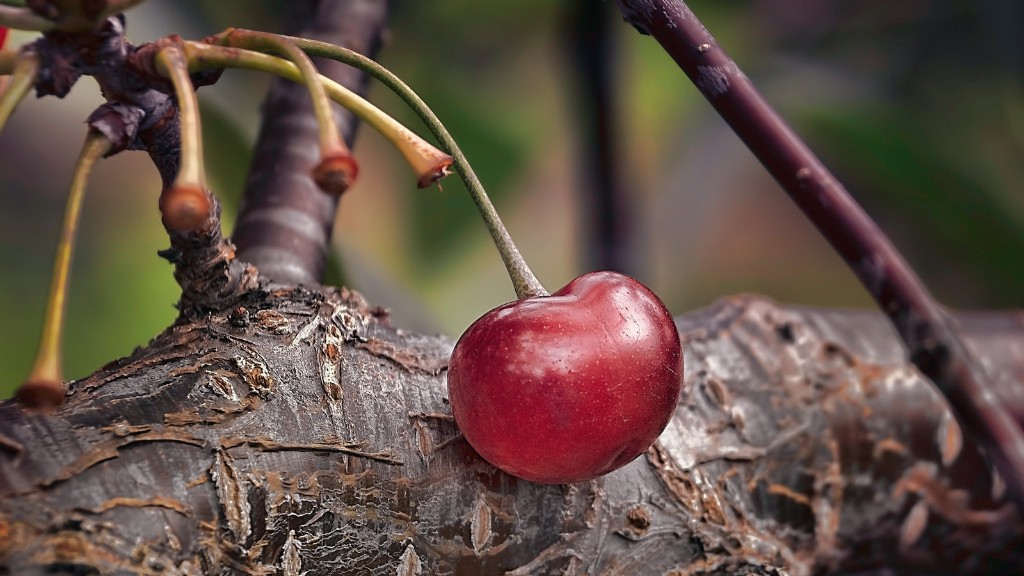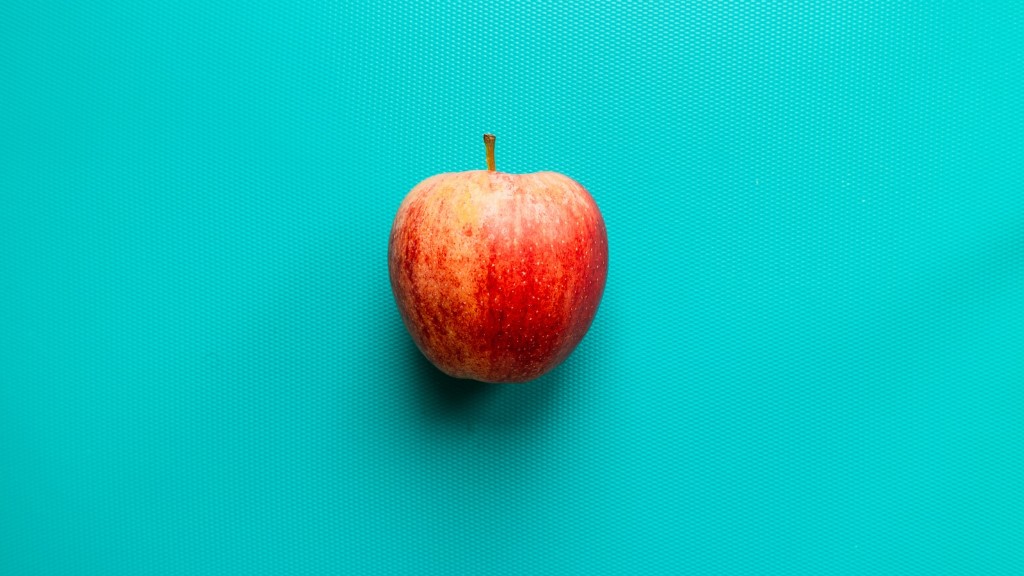It’s worrisome enough when your cherry tree’s leaves start turning yellow, but it’s even more concerning, and potentially costly, if you don’t know why it’s happening. But with a bit of knowledge, effort, and patience, there are plenty of home remedies for yellowing cherry tree leaves.
Yellow leaves can be the result of a number of different things, but the two most likely culprits are a nutrient deficiency and fungal disease. Both of these can be treated with some simple remedies, so it’s important to properly diagnose the cause of the problem before attempting any treatment.
The first step in diagnosing the cause of yellow leaves is to check the soil around the tree. If the soil is low in nitrogen or other essential nutrients, that could be the cause of the yellowing leaves. To remedy this, it’s best to add a balanced fertilizer to the soil to boost the levels of nutrients.
The other cause for yellowing leaves on a cherry tree could be a fungal disease, such as powdery mildew or black knot. These fungal diseases can cause the leaves to turn yellow, and can be treated with a fungicide, or with a natural remedy of garlic or copper sulfate solution.
If the tree’s leaves aren’t turning yellow but are instead losing their normal vibrant color, that could indicate an insect infestation. Consider treating the tree with an insecticide if this is the case.
Finally, it’s important to consider the tree’s growing environment when trying to determine the cause of yellowing leaves. Make sure that the tree has sufficient sunlight, water and protection from wind. One cause of yellowing leaves could be inadequate sunlight, which is why it’s important to make sure that the tree has a place in the garden where it will get at least six to eight hours of full sun each day.
Soil Management
The first step in caring for a cherry tree is to ensure that the soil is properly prepared for optimal growth. The best way to do this is to make sure that the soil is well-draining and has a pH of 6.5-7.0; if not, it’s advisable to use a soil test to determine the pH of the soil and adjust accordingly. Additionally, as cherry trees require plenty of nitrogen, it’s important to periodically supplement the soil with organic matter, compost or other natural fertilizers to provide a steady supply of nutrients.
Protective Pruning
It’s important to ensure that cherry trees are properly pruned to ensure they remain healthy and productive. If pruning is done incorrectly or at the wrong time of year, it can lead to weak branches and leaves that are more prone to fungal diseases and insect infestations. Therefore, it’s best to prune cherry trees in late winter or early spring, when they are most dormant.
Proper Watering
Regular and adequate watering is essential for the health of a cherry tree. Cherry trees need about 1 to 1.5 inches of water each week or an equivalent amount from rainfall. Water should be applied in a slow, gently manner and applied to the base of the tree to ensure the roots get enough moisture. If the ground is dry and there hasn’t been any rain, water the tree deeply to ensure the water penetrates the soil. It’s best to avoid watering the leaves of the tree, as this could lead to fungus growth.
Check for Diseases and Pests
It’s important to keep an eye out for signs of diseases or pests on cherry trees. Diseases such as powdery mildew, black knot, and leaf spot can cause yellowing leaves, so if any of these are present, it’s important to treat the tree with a fungicide or natural remedy. Additionally, inspecting the tree for any insect damage is essential; insects such as aphids and mites can be responsible for yellowing leaves, and can be treated with an insecticide.
The Right Growing Conditions
It’s important to provide cherry trees with the right growing conditions so they remain healthy. As cherry trees require a lot of sunlight, they should be planted in a location that gets at least six to eight hours of full sun each day. Additionally, the tree should be properly mulched to protect the roots and help keep the soil moist. Be sure to keep the area around the tree weed-free to prevent competition for nutrients.
Fertilizing the Tree
Fertilizing cherry trees is essential for optimal growth and production. The best fertilizers to use are organic fertilizers such as manure, compost, or leaf mold. These fertilizers should be applied to the soil in early spring, when the tree is just beginning to bloom. It’s best to use a balanced fertilizer, with roughly equal amounts of nitrogen, phosphorus, and potassium. Additionally, it’s important to apply the fertilizer to the tree’s root zone so it gets the most benefit from the nutrients.
Winter Care
Cherry trees require special care during the winter to ensure they remain healthy. It’s important to keep the area around the tree free of debris and snow, so the tree has adequate air circulation. It’s also important to make sure the tree stays adequately hydrated during the winter months. If the tree is covered in snow, the best way to hydrate it is to sprinkle some water on the snow to create a slushy mixture. Additionally, it’s important to make sure the tree is properly insulated. Wrapping the trunk and limbs in burlap, bubble wrap, or straw can help insulate the tree and protect it from temperatures below freezing.


